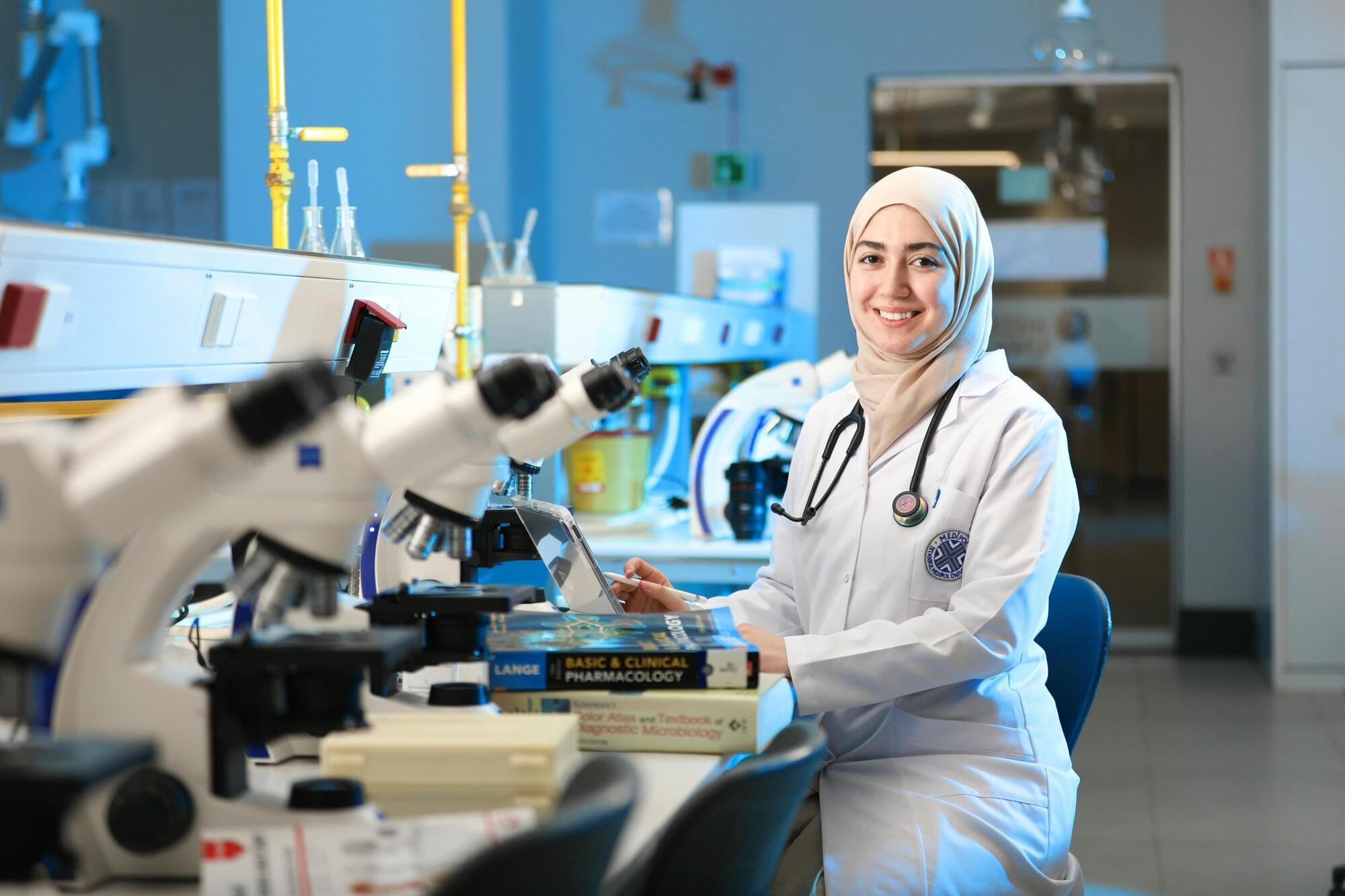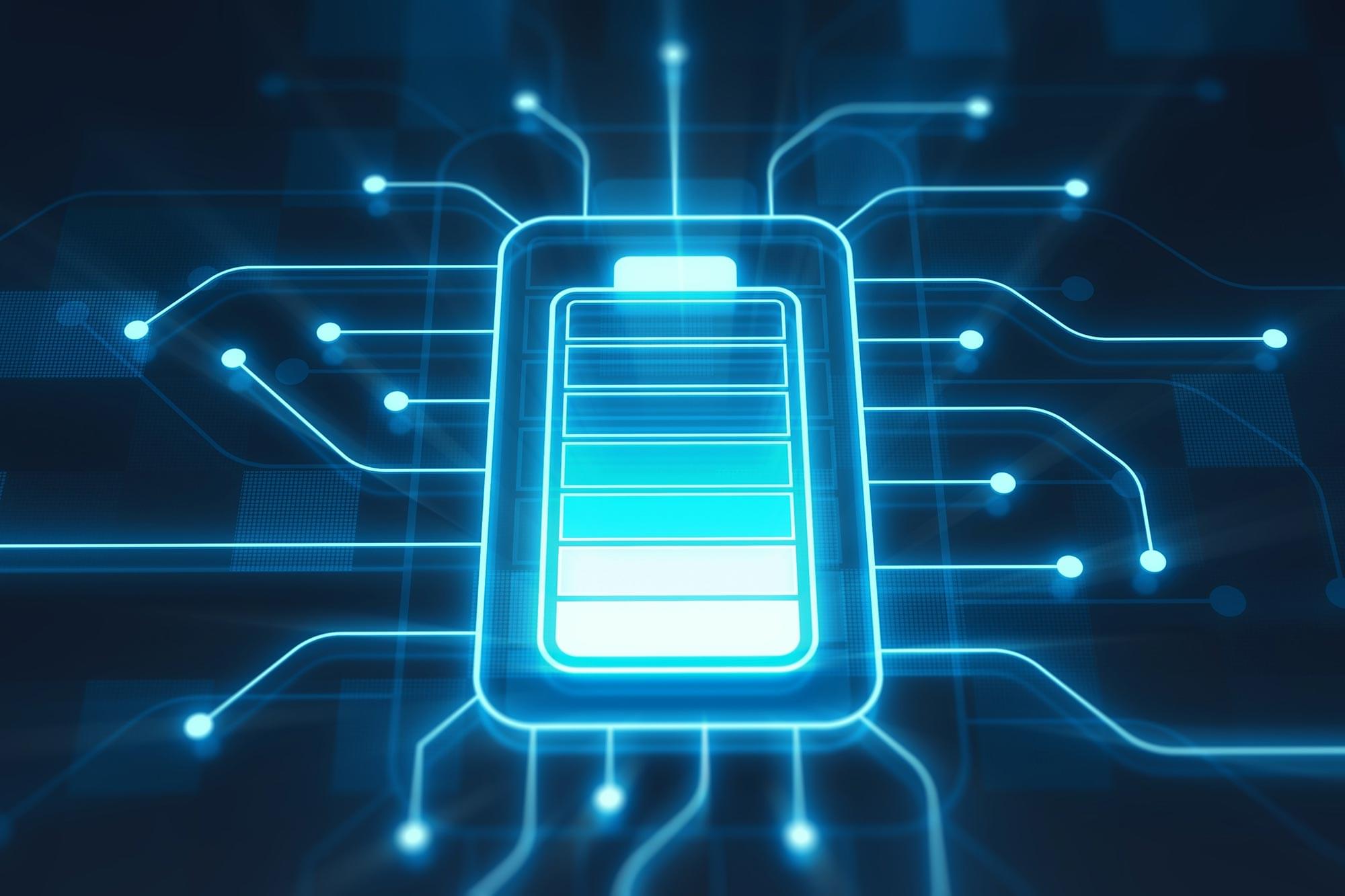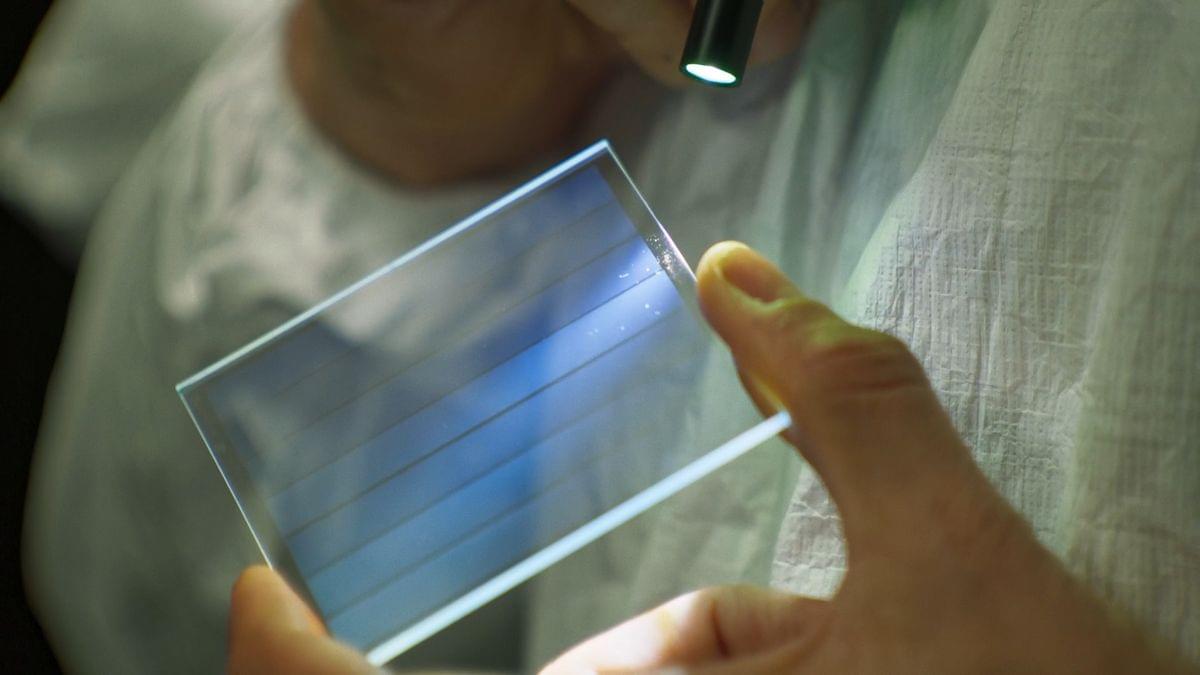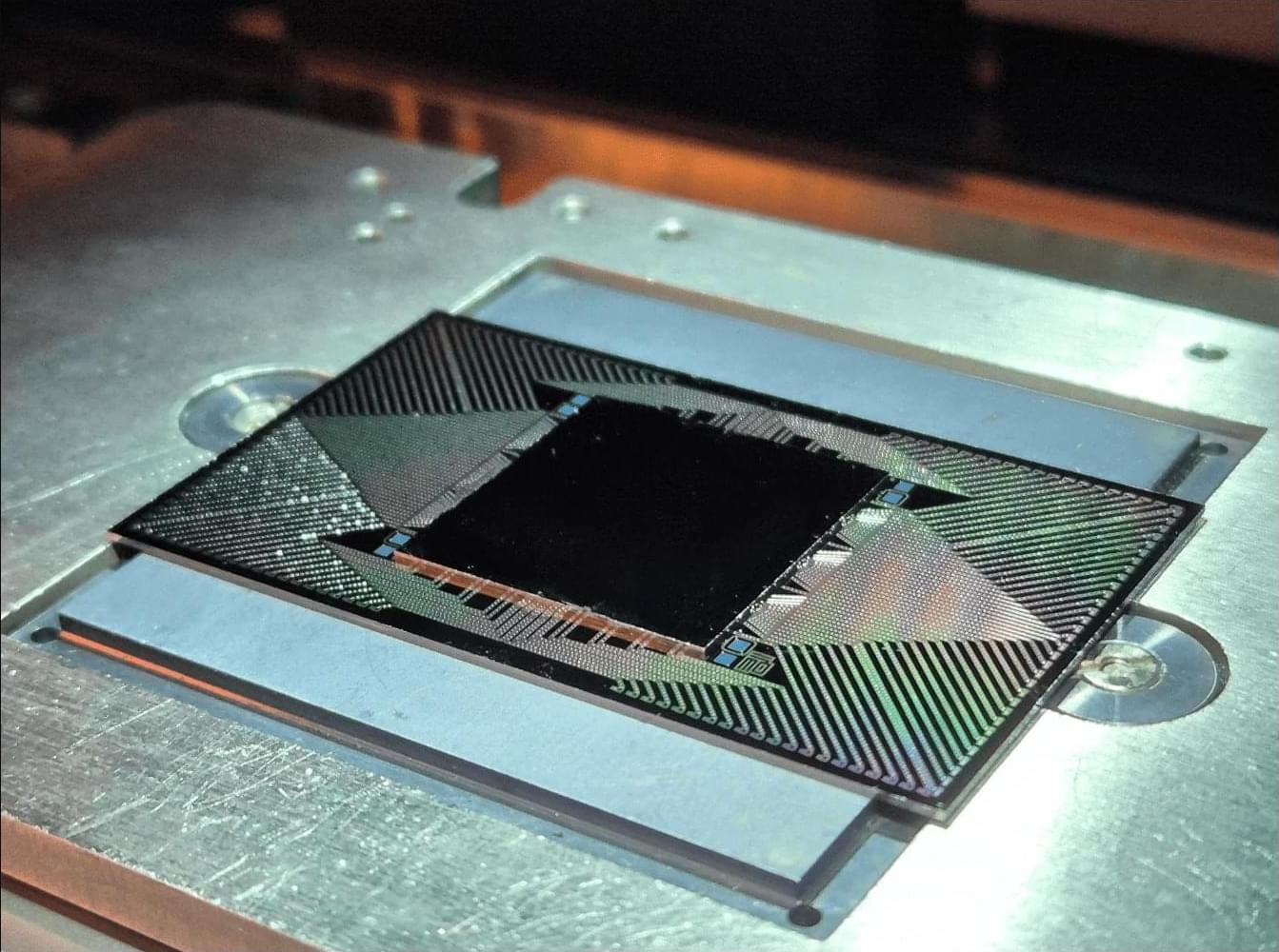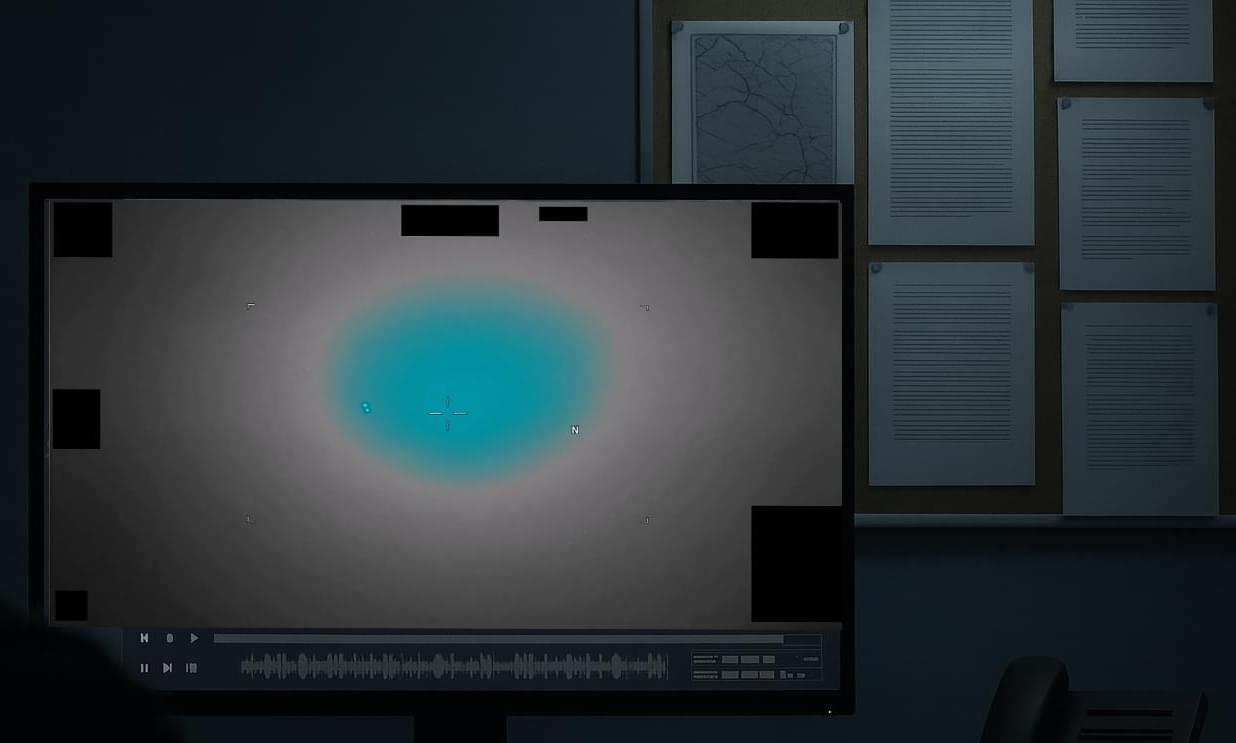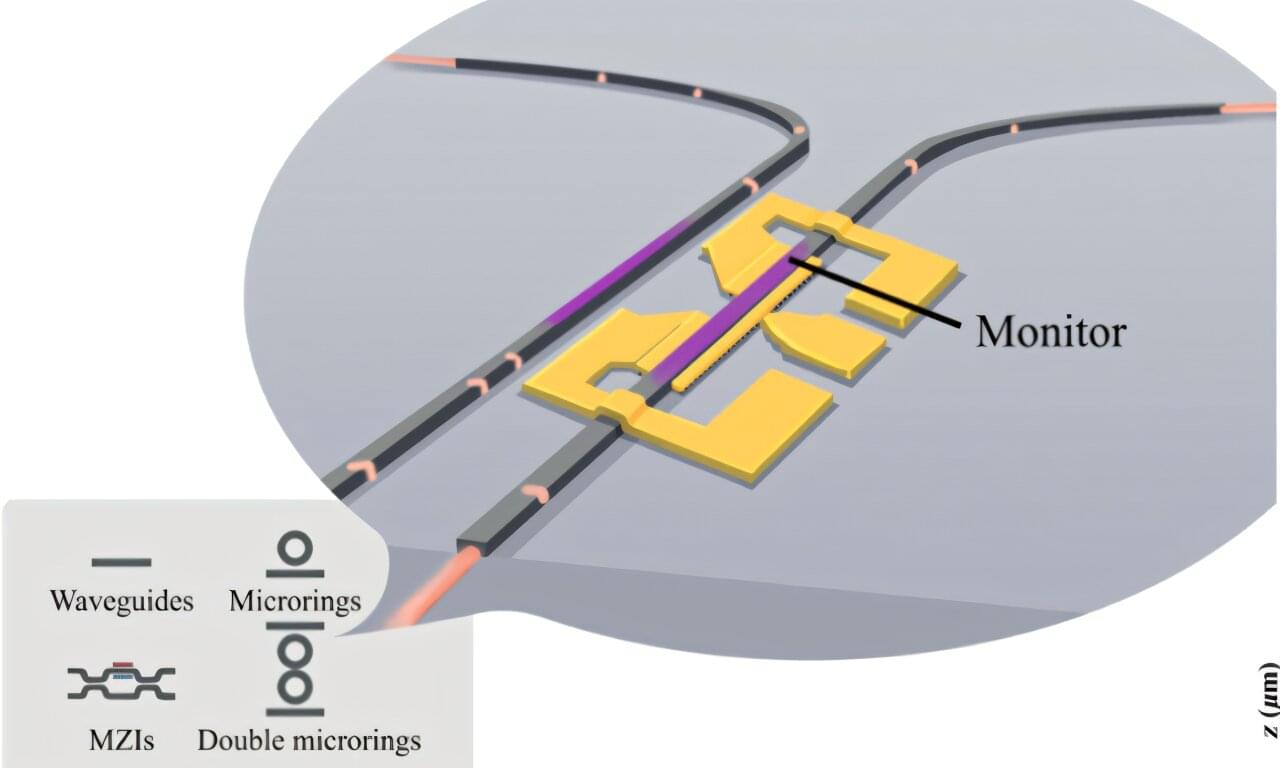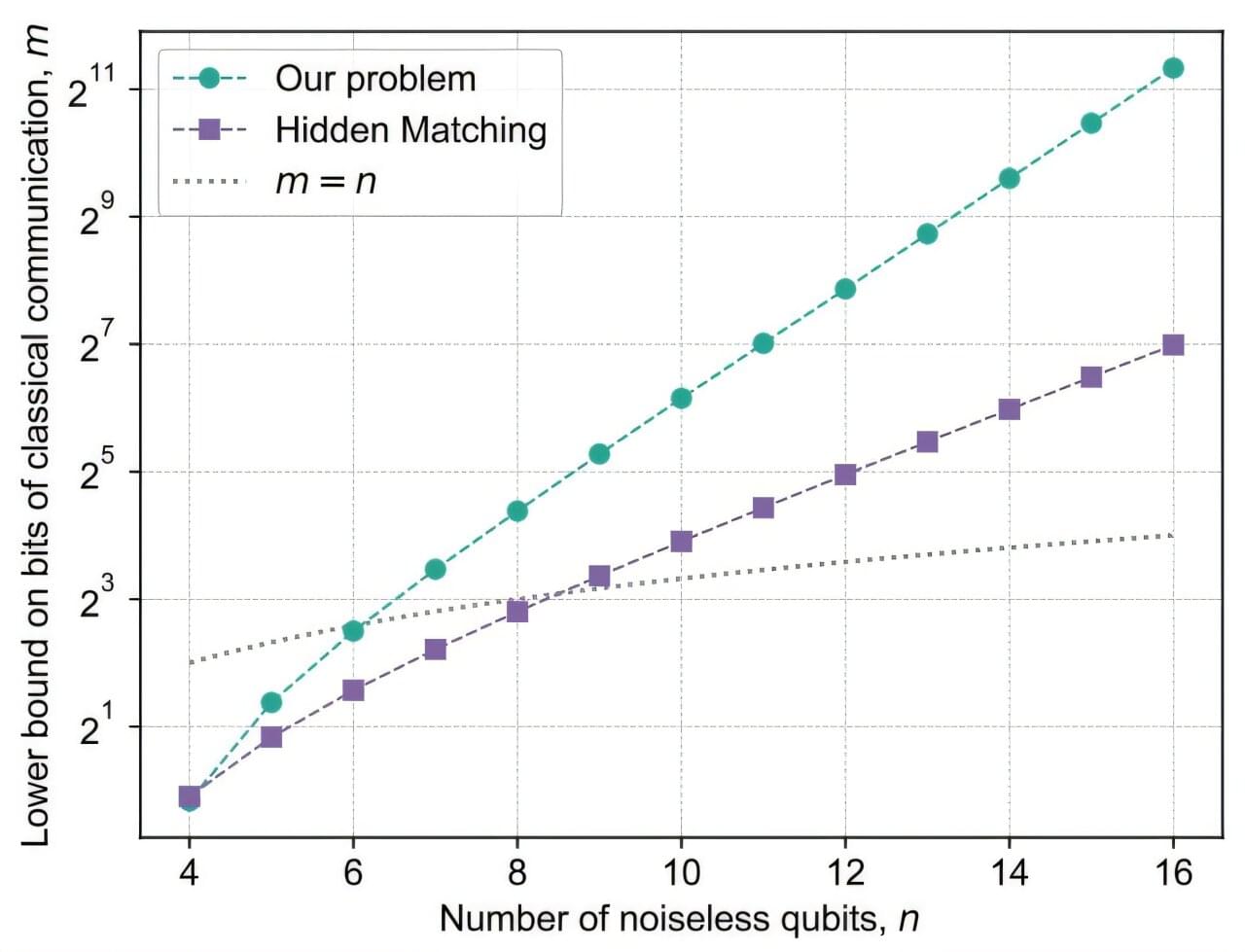Scientific research apparently has its own share of beginner’s luck. According to a study by Mahdee Mushfique Kamal and Raiyan Abdul Baten, teams with a larger number of newbies take the cake when it comes to transformative scientific research. Their study examined 28 million articles spanning five decades of scientific publications to understand how beginner authors drive scientific advancement.
The duo developed what they call a disruption score, ranging from-1 to +1. A score closer to-1 indicates that a paper mainly reinforces existing knowledge and builds directly on established work. On the other end of the spectrum lies +1, which signals a disruptive paper which has the ability to shift the direction of science by opening new paths and making previous work less central.
They observed a universal phenomenon known as the “beginner’s charm,” where teams with higher fractions of beginner authors systematically produced more disruptive and innovative scientific work. Teams with more senior members produce less disruptive work, and this negative correlation was strong.
